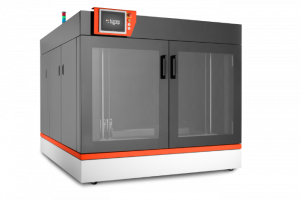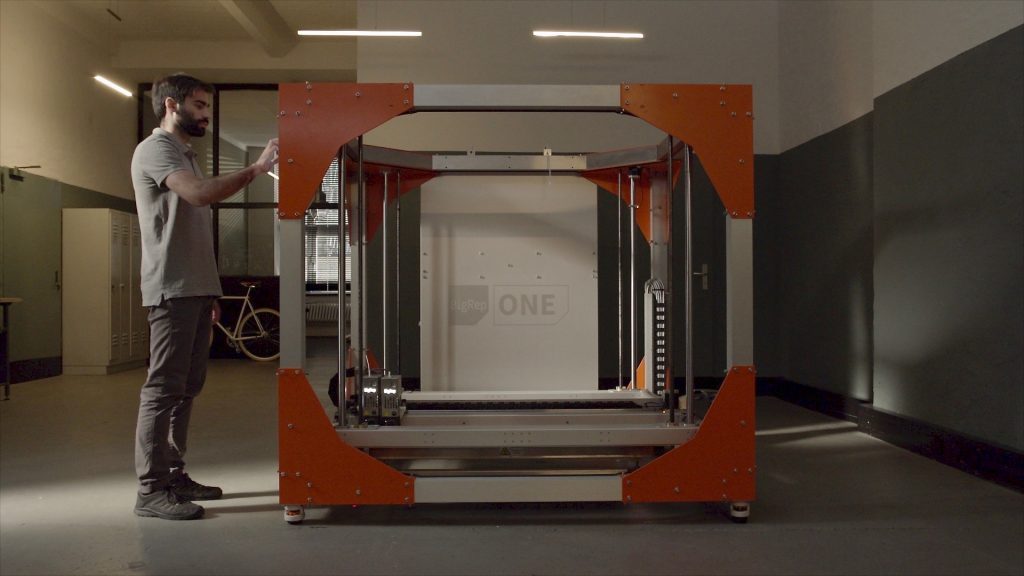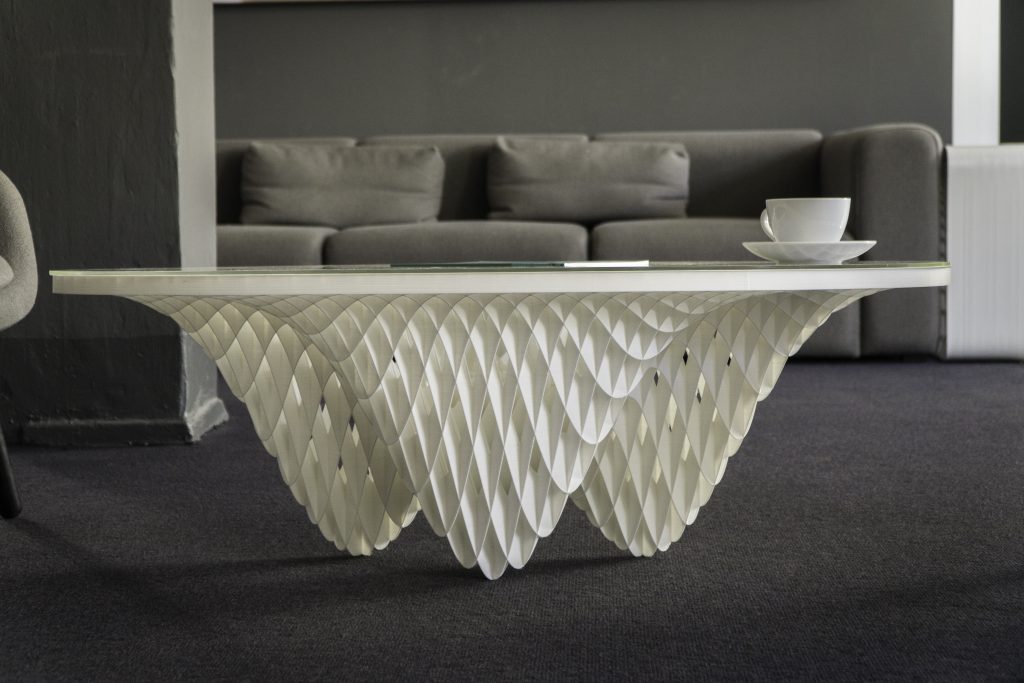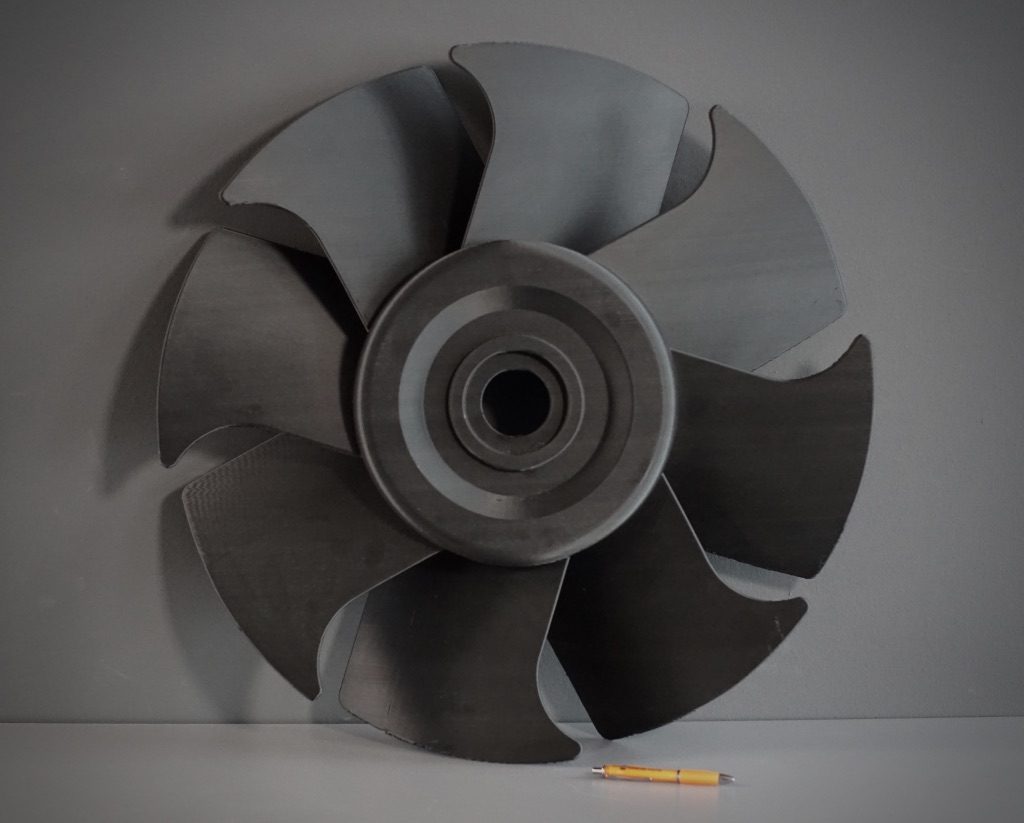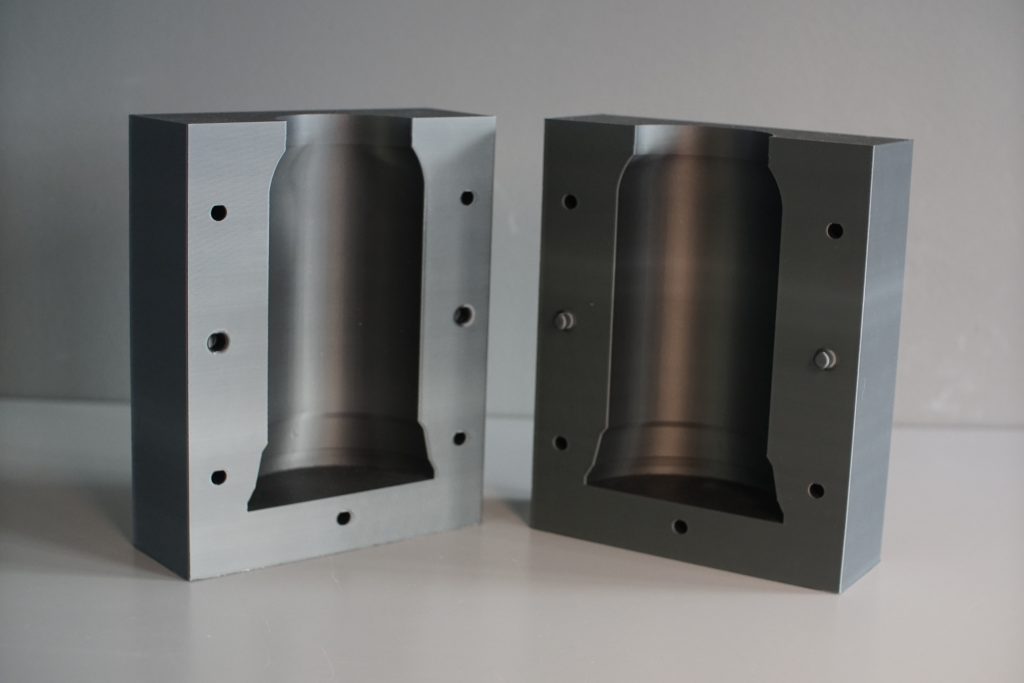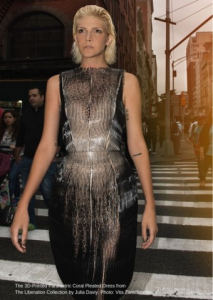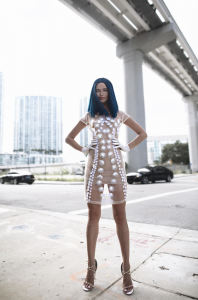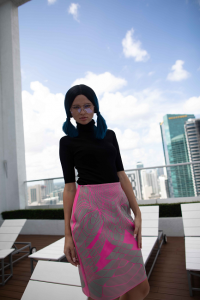At formnext this week, large-scale 3D printing company BigRep introduced its latest sizable offerings in the form of two new industrial FFF 3D printers called the BigRep PRO and BigRep EDGE. The next-generation 3D printers will allow designers and engineers to create functional prototypes, composite tooling, end-use parts and small-number serial production. The PRO and EDGE are both capable of 3D printing with high-performance materials and are aimed at establishing additive manufacturing as a production technology in industries such as automotive, aerospace, consumer goods and manufacturing.
The two new 3D printers are embedded with MXT, BigRep’s Metering Extruder Technology, and equipped with a Bosch Rexroth motion control system for speed, precision, quality and IoT connectivity.
“This new technology delivers the type of innovation that the industry has been awaiting, as our groundbreaking MXT® system makes our new printers five times faster – with greater precision and quality – than current extrusion speeds,” said BigRep CEO Stephan Beyer, PhD. “This is one giant leap for additive manufacturing, allowing BigRep customers to make full use of today’s most advanced large-scale 3D printing technology.”
![]() The BigRep PRO has a build envelope of one cubic meter and a large, temperature-controlled spool chamber allowing for continuous printing of high-performance materials such as ASA/ABS, nylon and more. An insulated, enclosed metal frame allows for even temperature control, while glass doors allow the user to keep an eye on the print. A heated print bed is mounted with polyimide foil for better adhesion during the 3D printing process, and an integrated inductive sensor allows for semi-automatic leveling.
The BigRep PRO has a build envelope of one cubic meter and a large, temperature-controlled spool chamber allowing for continuous printing of high-performance materials such as ASA/ABS, nylon and more. An insulated, enclosed metal frame allows for even temperature control, while glass doors allow the user to keep an eye on the print. A heated print bed is mounted with polyimide foil for better adhesion during the 3D printing process, and an integrated inductive sensor allows for semi-automatic leveling.
The BigRep EDGE has a build envelope of 1500 x 800 x 600 mm and is designed for printing high-performance materials on a large scale. End-use parts, composite tooling and functional prototypes are all possible. A heated build chamber provides a controlled, high-temperature environment of up to 200° C in the chamber and 220° C in the print bed. The EDGE is also designed to be easy to use, with automatic, upward-moving doors and an easy-to-use graphical interface on a large screen that enables full control over all print settings.
The partnership between BigRep and Bosch Rexroth was announced last month, and the PRO and EDGE 3D printers are the first by BigRep to incorporate Bosch’s control systems and drives.
“Thanks to professional control systems technology, 3D printing is establishing itself as an industrial manufacturing application,” said Thomas Fechner, Director of the Business Unit New Business at Bosch Rexroth. “In terms of hardware, the CNC control system by Bosch Rexroth is delivering the necessary performance, precision and durability. In our development partnership with BigRep, we are advancing the potential of 3D printing for its use in the environment of the Factory of the Future.”
Meanwhile, BigRep’s MXT technology allows for a clear separation between filament feeding and melting and molten extrusion, enabling full control over the amount and speed of material extruded at any given time. The technology is designed to take full advantage of the new 3D printing materials BigRep is developing in partnership with BASF. Both the PRO and EDGE are equipped with two MXT modular extrusion heads, which manage and synchronize the printing operations.
When used with its finest 0.6 mm nozzle, the PRO can achieve printing speeds of more than 600 mm per second, five times faster than any other FFF 3D printer on the market, according to BigRep. The EDGE can reach speeds of 1,000 mm per second with the same size nozzle. Both 3D printers have achieved filament throughput rate of 5x at the maximum extrusion rate and 3x at the average extrusion rate compared to standard FFF technology.
Formnext is taking place in Frankfurt, Germany until November 16th. You can visit BigRep and learn more about its new technology at Booth E-20 in Hall 3.1.
Discuss this and other 3D printing topics at 3DPrintBoard.com or share your thoughts below.

